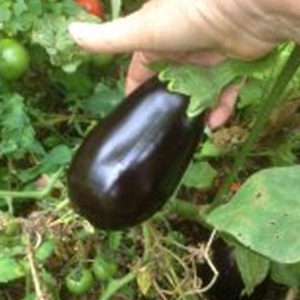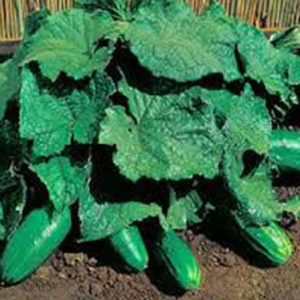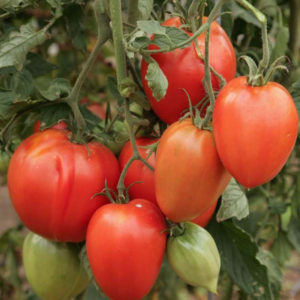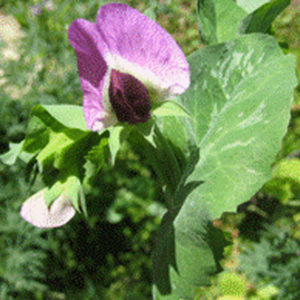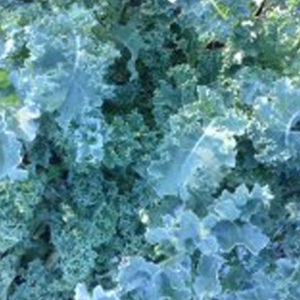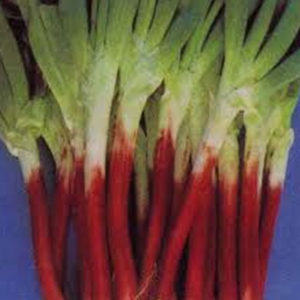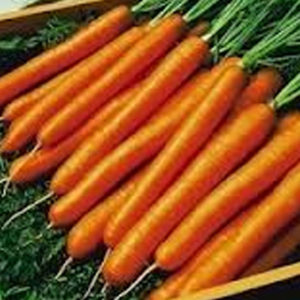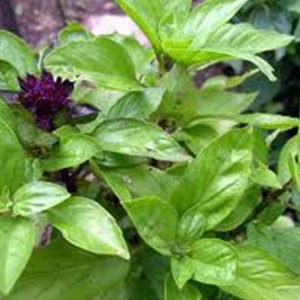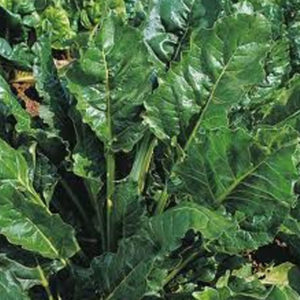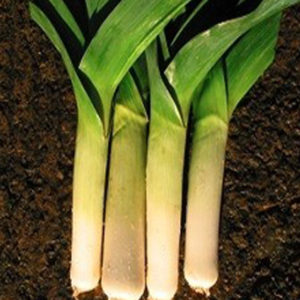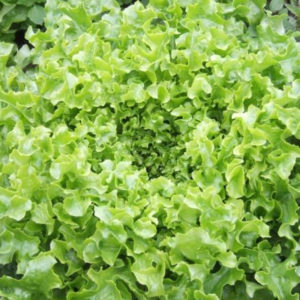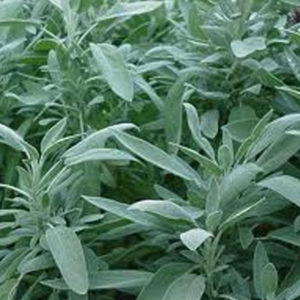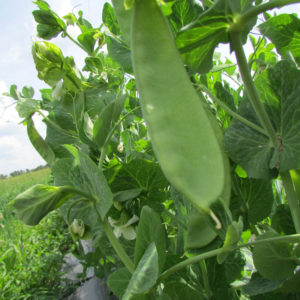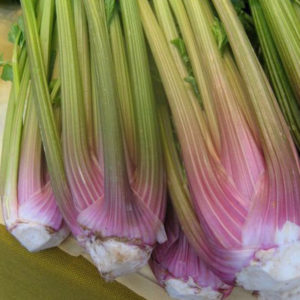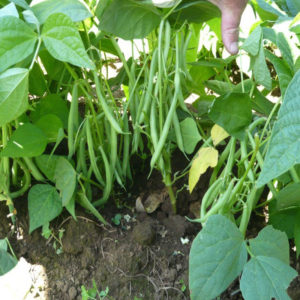-
 Cucurbita moschata Pear shaped pumpkin with pale orange skin, deep orange flesh and small seed cavity. Up to 3kg it’s an ideal size for family's and cooks up any way perfectly. Really good flavour and known through out the world now by many names. Only a reasonable storer compared to others, meaning it will get through winter but no more.
Cucurbita moschata Pear shaped pumpkin with pale orange skin, deep orange flesh and small seed cavity. Up to 3kg it’s an ideal size for family's and cooks up any way perfectly. Really good flavour and known through out the world now by many names. Only a reasonable storer compared to others, meaning it will get through winter but no more. -
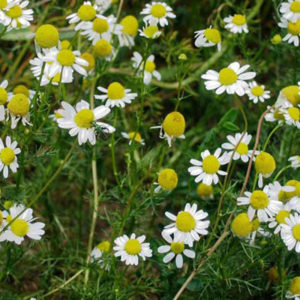 Matricaria recutita Daisylike flowers on this erect annual with green feathery leaves, looks great in any cottage garden. Chamomile flowers are used for a medicinal tea known amongst many things as a calmative and soothing on the stomach. Very fine dust like seeds can be broadcast in the garden or carefully planted on seed trays from Sept onwards when soil is warm. Seeds need light to germinate so sow on surface and water well.
Matricaria recutita Daisylike flowers on this erect annual with green feathery leaves, looks great in any cottage garden. Chamomile flowers are used for a medicinal tea known amongst many things as a calmative and soothing on the stomach. Very fine dust like seeds can be broadcast in the garden or carefully planted on seed trays from Sept onwards when soil is warm. Seeds need light to germinate so sow on surface and water well. -
Out of stock
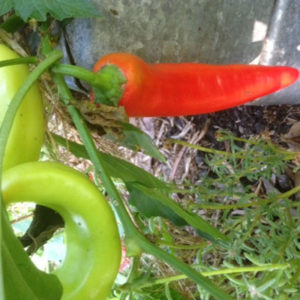 Capsicum annuum Long tapering fruit 20cm long goes from a pale translucent green to orange to red while still suspended from the vine. Gets sweeter the longer left. No hint of heat and lovely flavour.
Capsicum annuum Long tapering fruit 20cm long goes from a pale translucent green to orange to red while still suspended from the vine. Gets sweeter the longer left. No hint of heat and lovely flavour. -
Out of stock
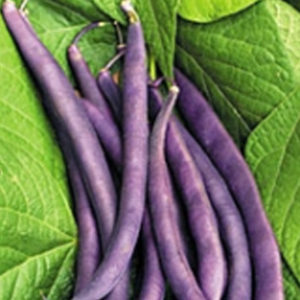 Phaseolus vulgaris Deep purple pods are oval shape and grow to 15cm on dwarf plants. The purple pods against the luscious green growth make for a beautiful as well as prolific bean plant. Can be eaten raw and when cooked will turn green.
Phaseolus vulgaris Deep purple pods are oval shape and grow to 15cm on dwarf plants. The purple pods against the luscious green growth make for a beautiful as well as prolific bean plant. Can be eaten raw and when cooked will turn green. -
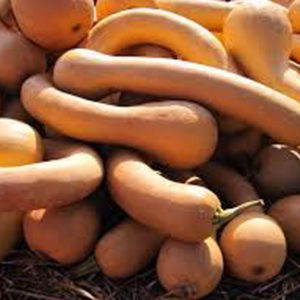
Cucurbita moschate An unusual ‘pumpkin’ in that it’s delicious while still young, picked and eaten like a squash or zucchini. Allowed to mature the skin hardens then Tromboccini should be eaten like a pumpkin. Not as sweet as some it still has great flavour and texture. When baked we added herbs and spices which it absorbed beautifully. Great watching the vines spread either on ground where squashes will ‘curl’ or on fence lines where squashes will hang straight.
-
 Capsicum annuum A sun loving plant 1 metre high producing fruit 10cm long x 1.5 wide tapering to soft point. Jalapeno's are traditionally used when bright green but you can leave them on the plant all the way from black to red. Considered very mild and great for stuffing and known for their lovely flavour.
Capsicum annuum A sun loving plant 1 metre high producing fruit 10cm long x 1.5 wide tapering to soft point. Jalapeno's are traditionally used when bright green but you can leave them on the plant all the way from black to red. Considered very mild and great for stuffing and known for their lovely flavour. -
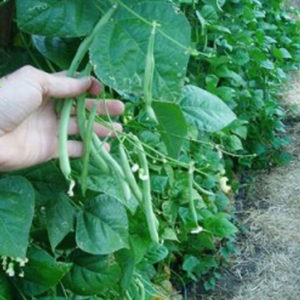 Phaseolus vulgaris Reliable round stringless tender dark green bean up to 15cm long. Tall climber 2 metres and more producing lots of white flowers then the lovely slender beans. Considered the best tasting bean Blue Lake is certainly one of the best producers over a long period of time. Copes well with heat and can be grown right through Spring to the early days of Autumn. Needs staking or a strong trellis.
Phaseolus vulgaris Reliable round stringless tender dark green bean up to 15cm long. Tall climber 2 metres and more producing lots of white flowers then the lovely slender beans. Considered the best tasting bean Blue Lake is certainly one of the best producers over a long period of time. Copes well with heat and can be grown right through Spring to the early days of Autumn. Needs staking or a strong trellis. -
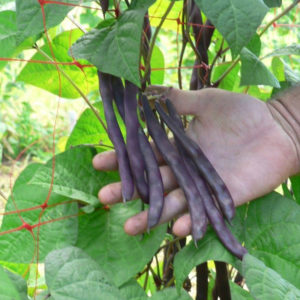 Phaseolus vulgaris Produces pink flowers, then deep purple tender oval stringless pods up to 18cm long. Very abundant over a long period. Needs staking or a strong trellis growing an impressive 2 metres or more. Always reliable and worth picking when pods are young. Can be eaten raw and when cooked they will turn green.
Phaseolus vulgaris Produces pink flowers, then deep purple tender oval stringless pods up to 18cm long. Very abundant over a long period. Needs staking or a strong trellis growing an impressive 2 metres or more. Always reliable and worth picking when pods are young. Can be eaten raw and when cooked they will turn green. -
 Artemisia absinthium Tall bush with dusty green feathery leaves wormwood is grown in cottage gardens as a beautiful backdrop to the more colourful flowers. Known as an effective wormer amongst its many medicinal qualities. Often grown just outside the pen so chickens can self medicate. Plant on surface of trays sparingly ( Wormwood needs light to germinate) & water till germination in 2-4 weeks. Transplant 70cm apart.
Artemisia absinthium Tall bush with dusty green feathery leaves wormwood is grown in cottage gardens as a beautiful backdrop to the more colourful flowers. Known as an effective wormer amongst its many medicinal qualities. Often grown just outside the pen so chickens can self medicate. Plant on surface of trays sparingly ( Wormwood needs light to germinate) & water till germination in 2-4 weeks. Transplant 70cm apart. -
 Solanum lycopersicum L. This plant will grow anywhere there's sunshine and water including large pots and keeps giving sweet currant size fruit all Summer. Eat whole in salads or straight off the bush. Research suggests it was found "growing from the crack in a sidewalk in Indianapolis in the mid 100's". Sprawling determinate plant so stake well and leave lots of room.
Solanum lycopersicum L. This plant will grow anywhere there's sunshine and water including large pots and keeps giving sweet currant size fruit all Summer. Eat whole in salads or straight off the bush. Research suggests it was found "growing from the crack in a sidewalk in Indianapolis in the mid 100's". Sprawling determinate plant so stake well and leave lots of room.

